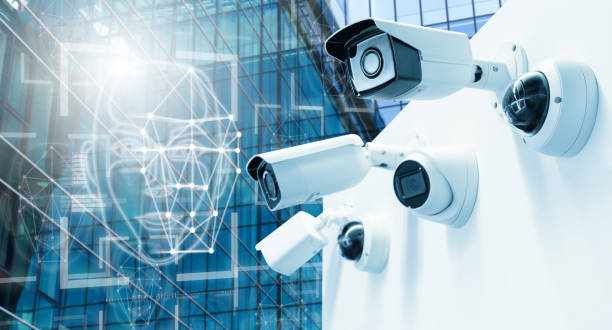
In today's fast-paced and security-conscious world, artificial intelligence is no longer just a buzzword. It’s actively shaping the way we monitor, secure, and manage physical spaces. Whether it’s a retail store, public venue, or transportation hub, AI-powered video surveillance systems are revolutionizing traditional monitoring methods with smart automation, real-time alerts, and predictive analytics.
Here are six real-world applications of AI that are transforming video surveillance into a proactive, intelligent, and incredibly powerful force.
1. Real-Time Threat Detection
AI surveillance systems have moved beyond passive recording. One of the most remarkable applications is their ability to identify threats in real time. With intelligent pattern recognition, these systems can detect suspicious movements, objects left unattended, or aggressive behavior the moment it happens.
This kind of monitoring is crucial in high-footfall environments like airports, train stations, and large shopping complexes. Instead of relying on human operators to catch every detail on dozens of screens, AI steps in to highlight anomalies instantly, allowing quicker decisions and faster response times.
Moreover, AI-based alerts can be programmed to distinguish between genuine threats and false positives, reducing unnecessary interventions.
2. Facial Recognition and Access Control
In sensitive areas such as government buildings, corporate offices, and research labs, identity matters. AI-powered facial recognition technology allows surveillance systems to confirm identities, track entry points, and flag unauthorized individuals.
Used in tandem with smart access control systems, AI ensures that only verified personnel can enter restricted zones. It does so by matching live video feed data with a pre-approved facial database.
This technology has also been useful in educational institutions and healthcare facilities, where safety and accountability are paramount. By logging each entry and exit, AI adds a layer of traceability to physical movement.
3. Retail Loss Prevention and Shopper Behavior Analysis
Retailers face constant challenges, from shoplifting to operational inefficiencies. AI video surveillance provides actionable insights beyond just catching theft. It analyzes customer movements, tracks heat maps of in-store activity, and even evaluates shelf engagement.
By understanding how shoppers move through the store, retail owners can redesign layouts for better flow and visibility. Additionally, store security cameras powered by AI can instantly detect suspicious behavior, such as loitering in low-traffic areas or repeat entries by known offenders.
Some systems even alert staff in real time when products are being hidden or when large bags are used inappropriately. The result? Reduced shrinkage and better customer service, all thanks to AI’s watchful eye.
4. Crowd Monitoring and Public Safety
From sports arenas to concerts and festivals, managing large gatherings is a logistical challenge. AI-powered surveillance systems can automatically count crowd numbers, monitor flow, and detect unusual congregation patterns.
When integrated with city-wide surveillance networks, these systems can help officials manage traffic, evacuate zones efficiently during emergencies, or even predict crowd build-ups before they become problematic.
By analyzing movement and density in real time, AI offers an intelligent layer to public event safety. It isn’t just about observing; it’s about understanding and responding with foresight.
Explore more about crowd dynamics to understand how AI optimizes real-world flow and safety.
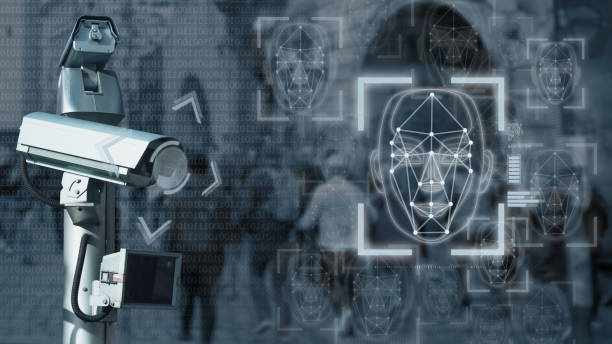
5. Vehicle Recognition and Traffic Management
In cities where traffic congestion is a daily struggle, AI-enhanced video surveillance brings clarity to chaos. These systems can recognize license plates, classify vehicles, and even monitor traffic violations like illegal turns or signal jumps.
AI doesn’t just spot infractions. It learns traffic patterns and suggests smarter ways to manage lanes, timing for lights, and bottleneck reductions. Parking enforcement, toll collection, and even stolen vehicle tracking have become significantly more efficient through AI-driven recognition systems.
This form of automation has transformed traditional traffic surveillance into a dynamic part of smart city infrastructure.
6. Perimeter Security and Intrusion Detection
For facilities like warehouses, manufacturing plants, and critical infrastructure, securing the perimeter is essential. AI can monitor open spaces and boundary zones using thermal imaging, motion detection, and smart recognition.
Unlike basic motion sensors, AI distinguishes between animals, weather disturbances, and real threats. This reduces false alarms and allows security teams to focus on verified incidents.
Advanced systems can also predict potential breaches by recognizing repetitive behavior near fence lines or gates, allowing preventive action before an intrusion occurs.
For more depth, dive into the science of computer vision, the core technology behind these intelligent surveillance systems.
Looking Ahead: AI Is Redefining the Future of Surveillance
Artificial intelligence is quietly but firmly becoming the backbone of modern surveillance. It’s no longer just about watching but interpreting, learning, and acting. From protecting retail environments with store security cameras to managing city traffic and detecting perimeter threats, AI is delivering smarter, safer spaces everywhere.
As technology continues to evolve, the role of AI in surveillance will expand even further, adapting to new threats and creating seamless, proactive safety systems for all.

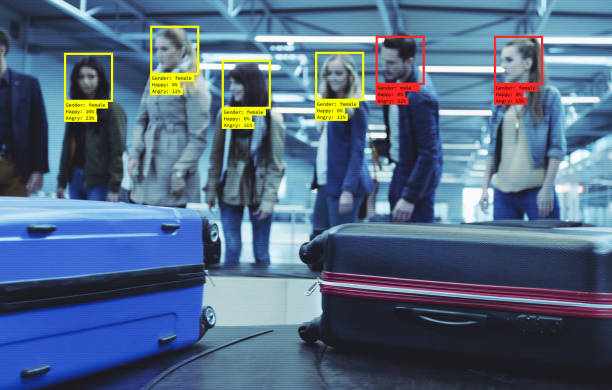
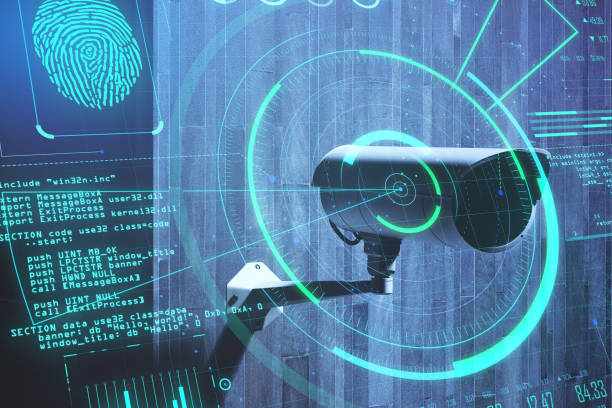
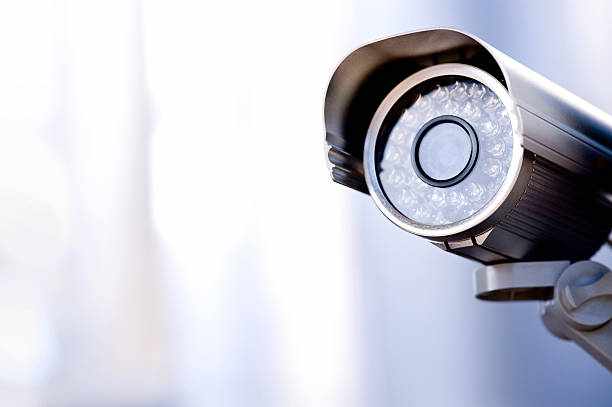






Write a comment ...